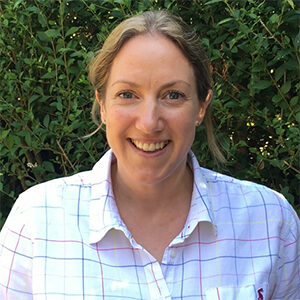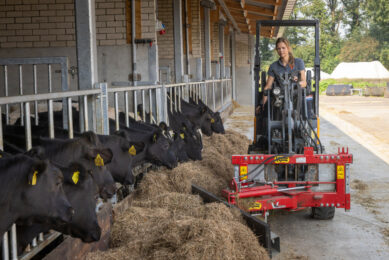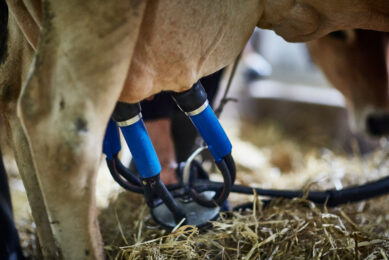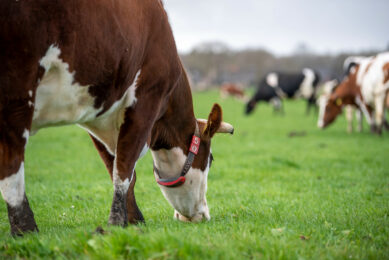The UK’s approach to successfully controlling lameness
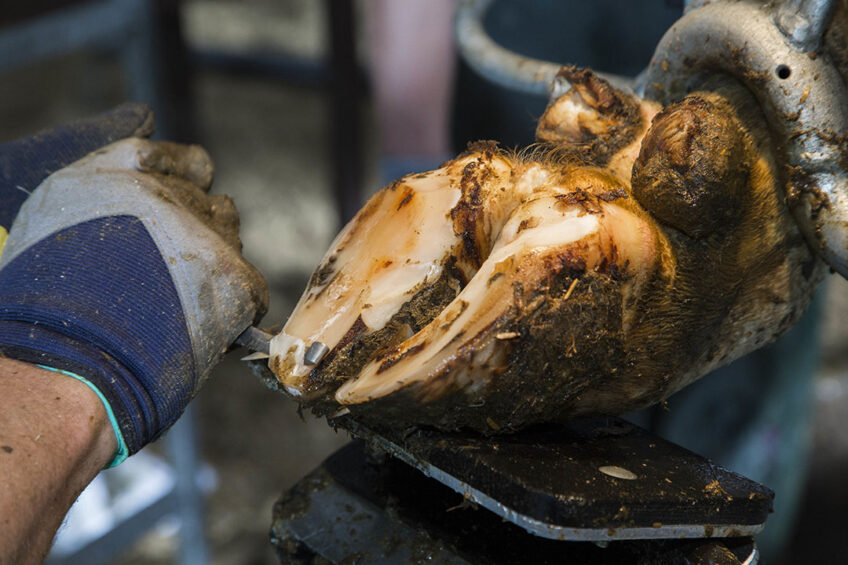
The last twenty years has seen an ever-increasing focus on lameness in the UK’s dairy herd. We’ve seen more research being undertaken, the establishment of foot trimmer associations and a greater emphasis on lameness in processor contracts.
In amongst all of the activity was the launch of the AHDB Healthy Feet Programme (HFP) in 2011 and since then hundreds of farmers across the UK (and their cows) have benefitted from the advice and guidance provided by trained plan delivers – known as Mobility Mentors.

However, as with all schemes, sometimes getting producers on board can be easier said than done so this year it’s having a revamp to make it more accessible to not just farmers but also a wider range of deliverers.
The HFP is based around four key ‘success factors’ for lameness control:
- Low infection pressure e.g. footbathing, slurry management
- Low forces on the feet e.g. cow comfort and cow flow
- Good horn quality and hoof shape e.g. nutrition, trimming regime
- Early detection and prompt effective treatment
There’s little point in focusing on a state of the art footbathing set up if its sole ulcers that are the issue.
Analysis of the trimming/lameness treatment records and liaising with the foot trimmer are key to providing an indication of the most important success factor(s) to focus on during the farm risk assessment. After all, there’s little point in focusing on a state of the art footbathing set up if its sole ulcers that are the issue – focus must be on the areas that will make a difference.
Too often vets and consultants can be guilty of simply producing a ‘to do’ list without much thought as to how these recommendations can be implemented or whether they are realistic – there’s nothing more off putting than being set unrealistic goals. This is where the HFP is different. It takes more of a facilitative route to create the action list.
The whole team is brought together to draw up their own ‘mobility contract’ under the guidance of the Mobility Mentor. With individuals being held responsible for specific actions and any challenges and barriers being discussed openly, it creates more ownership and motivation to follow through and implement change. As discussed in previous blogs, I believe that the ‘team’ shouldn’t just involve the farm staff but everyone who has an influence over the hoof health on the farm, be that the foot trimmer, nutritionist or consultant – all deserve a seat at the table as there is little point in striving for improvement with only half a team.
This approach is undoubtedly successful when implemented on farm. Case studies have shown that on average lameness can be expected to drop by a third over a period of a year with the most proactive farmers halving lameness. Imagine the impact we could have if we could engage all farmers? So, whilst we know the programme works, how do we make it more accessible?
This year sees the HFP have a revamp with a new ‘Healthy Feet Lite’ version launched to help farmers take the first step towards improved lameness prevention without having to commit to the full programme. It allows them to test the water so to speak and bust some myths surrounding lameness control – lots of easy, small things can make a difference, it doesn’t always involve building a new shed.
So much has happened since the turn of the century when it comes to lameness, however, the next 20 years promise to deliver a lot more…Healthy Feet Lite is just the start.
Join 13,000+ subscribers
Subscribe to our newsletter to stay updated about all the need-to-know content in the dairy sector, two times a week.


